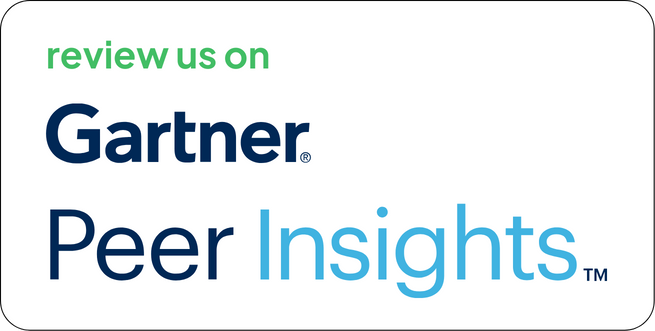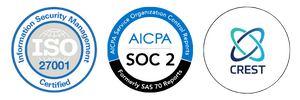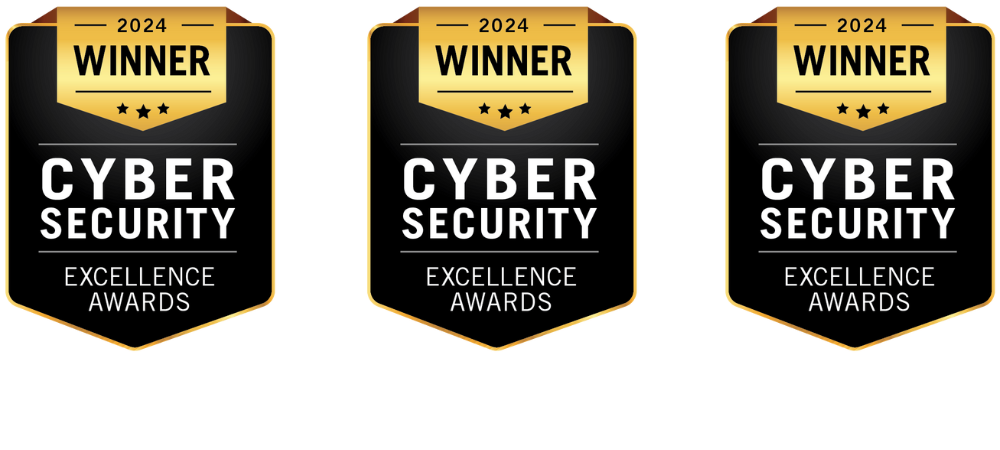Organizations have historically conducted modern penetration testing as a singular endeavor, often driven by compliance obligations or as a security measure. However, these penetration tests come with a set of limitations of their own.
As cyber threats keep evolving, what might be secure today, could become a vulnerability tomorrow. Traditional testing relies heavily on human testers. While they are skilled, they can make mistakes or miss certain vulnerabilities due to oversight, fatigue, or lack of expertise in a specific area.
Discover the limitations of traditional penetration testing and how PTaaS provides continuous, cost-effective security to stay ahead of evolving threats.
What is Modern Penetration Testing (PTaaS)?
Unlike traditional pentesting, modern Modern Penetration Testing (PTaaS) blends the expertise of human hackers with robust automation tools enabling the users to get real-time reports, advanced risk-scoring data, and seamless integration with already existing security measures.
The dynamic and hybrid blend of human expertise with automation offers boundless scalability to organizations of all sizes. PTaaS offers transparent pricing which can help organizations plan their security budgets more efficiently.
Strobes Pentesting as a Service (PTaaS) leverages cutting-edge automated tools that swiftly scan networks, applications, and systems for vulnerabilities. This rapid identification of weaknesses ensures that security gaps are promptly addressed, reducing the window of opportunity for potential cyber threats.
Traditional Pentesting VS Strobes Modern Penetration Testing
| Aspect | Traditional Penetration Testing | Modern Penetration Testing (PTaas) |
| Approach | One-time engagement for testing | Adhoc or recurring pen tests |
| Testing Methodologies | Manual testing | Modern hybrid methodology that includes automation and manual approach to targets |
| Reporting Timing | Reports delivered after assessment | Real-time reporting |
| Risk Scoring and Prioritization | Vulnerabilities identified without specific prioritization | Advanced risk scoring for categorizing vulnerabilities by severity |
| Collaboration with Testers | Limited interaction with testers | Collaborative SaaS portal for direct engagement with the expert team |
| Testing Scope and Duration | Defined scope and testing time frame | Tailored testing methodologies and scopes aligned with requirements |
| Cost Efficiency | Standard pricing models | Cost-effective solution with budget-friendly pricing |
| Compliance Frameworks Coverage | Coverage may vary | Comprehensive testing of key compliance frameworks – PCI DSS, HIPPA, GDPR |
| Integration with Existing Security Tools | Possible, but integration may not be seamless | Complements existing security measures for seamless integration |
| Availability of Mitigation Strategies | Post-assessment | Real-time mitigation strategies during testing |
| Collaboration | Limited collaboration between pentesters and stakeholders | Built-in collaboration features for pentesters, developers, and other stakeholders. |
| Scalability | Requires manual scaling efforts. E.g., hiring more pentesters | Platform-based, easily scalable to handle multiple tests or larger scopes. |
| Customization | Limited customization in reporting and test methodologies | Highly customizable to cater to specific business requirements and scopes. |
| Pricing | Hours or effort-based unpredictable pricing | Simplified, goal-oriented, or credit-based pricing |
Traditional Pentesting Causes Delayed Remediation
The sluggish pace of remediation in traditional penetration testing methods can be traced back to several fundamental challenges. Firstly, developers often lack specialised training in crafting secure code. This deficiency results in software vulnerabilities that persist, providing opportunities for cybercriminals to exploit these weak points.
Secondly, the overload of alerts overwhelms security analysts. Lastly, DevOps engineers grapple with the dual challenge of dealing with false alarms and the intricacies of antiquated systems that are difficult to patch effectively. These cumulative issues create bottlenecks in the remediation process, leaving organizations exposed to potential cyber threats for extended periods.
While PTaaS offers numerous advantages, companies’ continued reliance on traditional penetration testing methods can be attributed to a variety of factors, including technological constraints, regulatory requirements, lack of awareness, security concerns, customization needs, risk aversion, budget limitations, and organizational inertia.
Benefits of Modern Penetration Testing (PTaas) Over Traditional Pentesting
PTaaS has emerged as an advanced option rather than a repackaged version of traditional pentesting. One of the key advantages lies in its speed and efficiency. PTaaS employs advanced automated tools that swiftly scan networks and applications, identifying vulnerabilities in record time.
This rapid assessment enables organizations to address security gaps promptly, reducing the window of opportunity for potential cyber threats. Additionally, PTaaS is highly scalable and flexible, making it accessible to businesses of all sizes. Its automated nature significantly reduces costs, making comprehensive cybersecurity measures more affordable.
Moreover, PTaaS platforms generate detailed real-time reports, offering actionable insights that empower organizations to make informed decisions promptly.
Strobes PTaaS: Going Above and Beyond your Regular Pentesting!
With Our cutting-edge approach is not just fast; it’s four times faster than legacy pentesters. At Strobes, we follow a hybrid approach to give the best results that you deserve. With our exemplary hackers, you also get access to the Strobes PTaaS platform wherein you can manage your entire penetration testing lifecycle.
By leveraging the power of automation, Strobes PTaaS reduces up to 80% of the administrative workload for pentesters, streamlining operations, and collaboration, and making reporting exceptionally efficient and real-time.
With Strobes as your PTaaS provider, you can trust that our testing will effectively mitigate risks linked to preventable breaches.
Conclusion:
PTaaS is the future trends of penetration testing, offering faster, more efficient, and cost-effective security solutions compared to traditional methods. By blending human expertise with automation, modern penetration testing (PTaaS) ensures real-time threat detection, seamless integration with security tools, and continuous monitoring to keep organizations ahead of evolving cyber risks.
With scalable and customizable solutions, businesses can secure their digital assets without delays or unnecessary costs. Take control of your security with Strobes PTaaS, Schedule Your Personalized Demo today and experience the next level of penetration testing!
Related Reads:
- Penetration Testing as a Service (PTaaS): The Future of Agile Security
- Strobes 2023 Pentesting Recap: Trends, Stats, and How PTaaS is Transforming Cybersecurity
- Web Application Penetration Testing: Steps & Test Cases
- Ongoing modern pentesting for comprehensive security in Healthcare
- Decoding the Pentesting Process: A Step-by-Step Guide
- Solution: Pentesting as a Service








